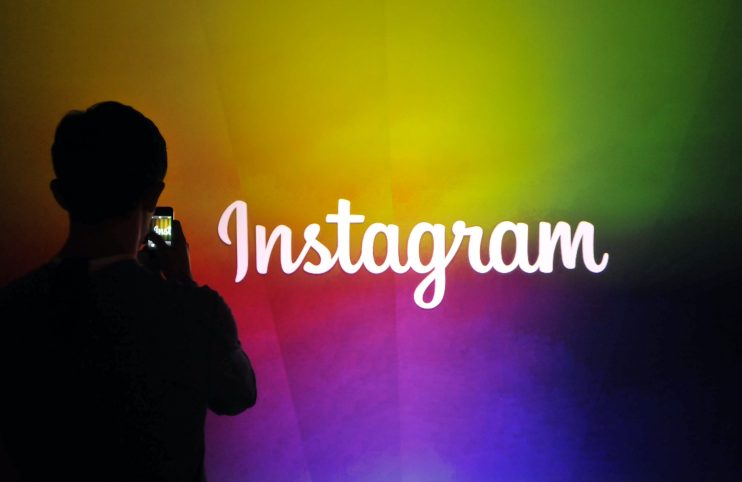When it comes to influencer fraud, the buck stops with Facebook

Influencer fraud is one of the biggest headaches facing marketers today. As an industry, influencer marketing was worth an estimated £6bn last year, and is forecast to reach £12bn by 2022. Its breakneck growth is largely due to the parallel rise in fortunes of social media giant Instagram.
The Facebook-owned platform is home to most of the world’s influencers, who range from micro-influencers with a few thousand followers, to savvy entrepreneurs with vast digital empires and a follower count in the millions. Yet behind the celebrity lifestyles that many of them project is the shadowy practice of exaggerating their results in order to charge their clients over-inflated prices.
Brands pay influencers for their ability to engage people. An influencer’s worth is usually judged — somewhat crudely — on how many social media followers they have, and the number of likes their posts receive. These give a basic indication of their ability to influence an audience, and therefore the fee that brands are willing to pay for posting about their products.
If an influencer is using fake followers or likes, brands are paying for exposure to audiences that simply do not exist.
The number of fraudulent influencers is not yet known, but the booming online industry for fake followers and likes suggests it to be in the hundreds of thousands. That means brands are being defrauded by millions every year. Many marketers attempt to identify frauds, but it requires expertise, the right technology, and time-consuming human analysis. Without these, most marketers unknowingly continue to enable this behaviour.
Simply put, the buck stops with Facebook. Its Instagram platform is so susceptible to fraud that in less than five minutes — and for less than five pounds — any Instagram user can buy thousands of fake followers and likes. Since Facebook took over Instagram in 2012, a few vague attempts have been made to combat the fraud epidemic in the form of temporarily blocking fraudulent users. However these updates look for the most basic types of fraud, rather than the multitude of options that are available to Instagram users.
So why is Facebook failing to act? The answer, most likely, is because the status quo is good for business.
Within Instagram’s ecosystem, the role of the influencer is to bring people onto the platform and keep them there consuming content. If Instagram were a stadium, influencers are the entertainment.
The longer people stay on the platform, the more ads they are shown — and the more ad revenue Instagram can make. It is in Instagram’s interests to make life easy for influencers by allowing them to achieve huge follower growth and engagement, in order to keep them on the platform rather than risk losing them to competitors like YouTube and Twitter.
Currently, it offers influencers more potential to grow and monetise than its rivals, in a fraction of the time and with a fraction of the effort.
It is a strategy that has helped turn Facebook’s $1bn investment in 2012 into an estimated valuation of $100bn in 2020. And it is showing no sign of slowing down.